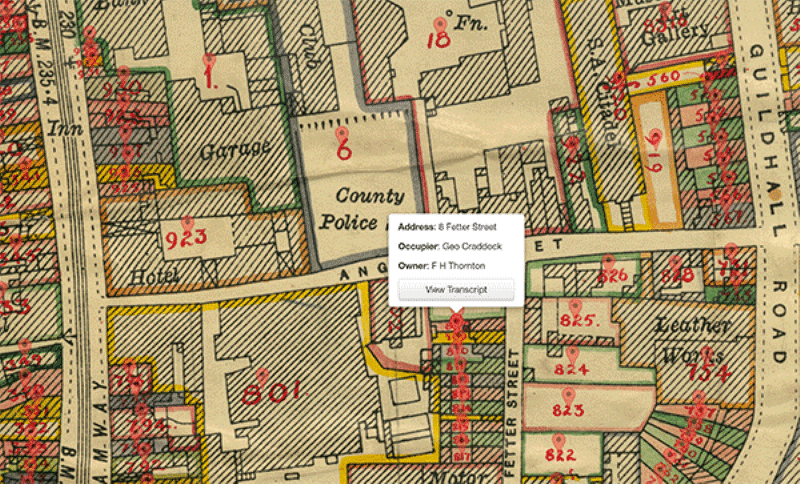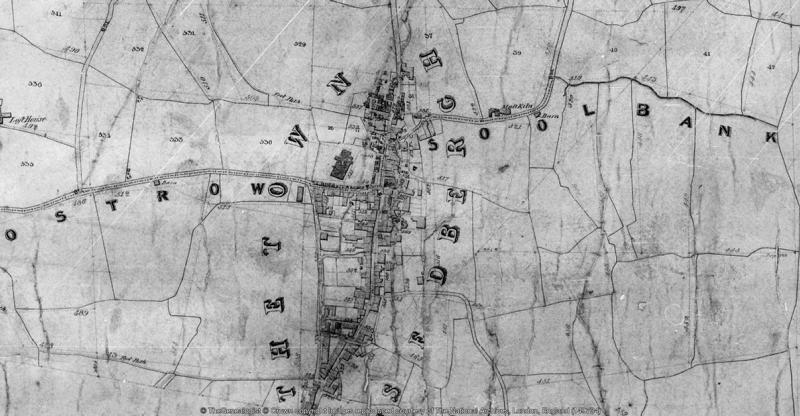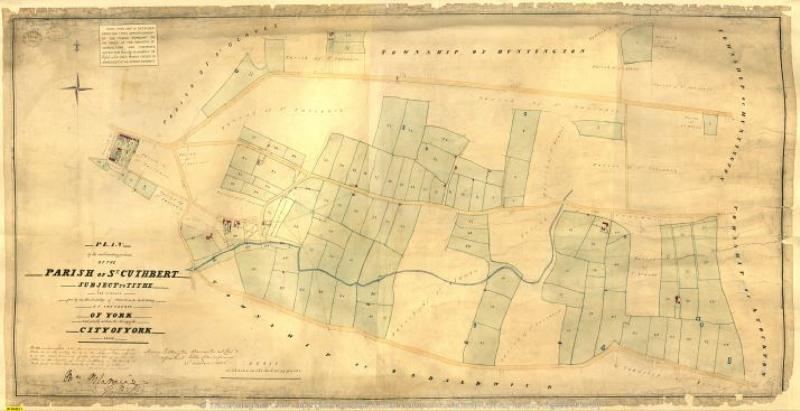TheGenealogist Unveils 1910 Lloyd George Domesday Records for Wiltshire
Pinpoint your ancestors' property in 1,346 square miles of the South West of England.
TheGenealogist, a leading UK family history website, has announced a significant addition to its collection of historical records. The website has released the 1910 Lloyd George Domesday records and geolocated maps for the entire county of Wiltshire, covering an impressive 1,346 square miles and containing information on more than 175,000 individuals and organisations.
Bradford on Avon in TheGenealogist’s Lloyd George Domesday Survey
Key Highlights:
-
Comprehensive Coverage: The release encompasses the whole of Wiltshire, providing researchers with access to a wealth of genealogical and historical data.
-
Geolocated Maps: Advanced mapping technology allows users to pinpoint the exact locations of ancestral properties and landmarks.
-
Over 175,000 Names: A treasure trove of information for family historians and researchers interested in early 20th-century Wiltshire.
-
Historical Significance: The Lloyd George Domesday records offer unique insights into property ownership and land use in Edwardian England.
Mark Bayley, Head of Online Development at TheGenealogist, stated, "This release of the 1910 Lloyd George Domesday records for Wiltshire is a game-changer for those researching family, local and social history in the county. The combination of detailed records and geolocated maps provides an unprecedented level of insight into the lives of Wiltshire residents at the turn of the 20th century."
The Lloyd George Domesday records, also known as the 1910 Valuation Office Survey records, were created to assess property values for tax purposes. They offer a snapshot of land ownership and occupation just before the outbreak of World War I, making them an invaluable resource for genealogists and historians alike.
Researchers can now:
-
Locate ancestral homes and businesses with precision
-
Discover details about the area their ancestors lived in, such as locating their local school, church or pub
-
Gain insights into the social and economic conditions of Edwardian Wiltshire
-
Cross-reference information with other historical records for a more complete family history
This release is part of TheGenealogist's ongoing commitment to providing the most comprehensive and user-friendly resources for family history research. They plan to continue expanding their collection of Lloyd George Domesday records to cover more counties in the coming months.
For more information about the 1910 Lloyd George Domesday records, visit https://www.thegenealogist.co.uk/lloyd-george-domesday/.
Read the feature article ‘The Saga of Stonehenge’ at TheGenealogist here:
https://www.thegenealogist.co.uk/featuredarticles/2024/the-saga-of-stonehenge-7660/
To celebrate this release, for a limited time, you can claim a Diamond Subscription for just £94.95, a saving of £45. You can claim this offer here:


 Tithe map of Sedbergh, Yorkshire courtesy of The National Archives
Tithe map of Sedbergh, Yorkshire courtesy of The National Archives